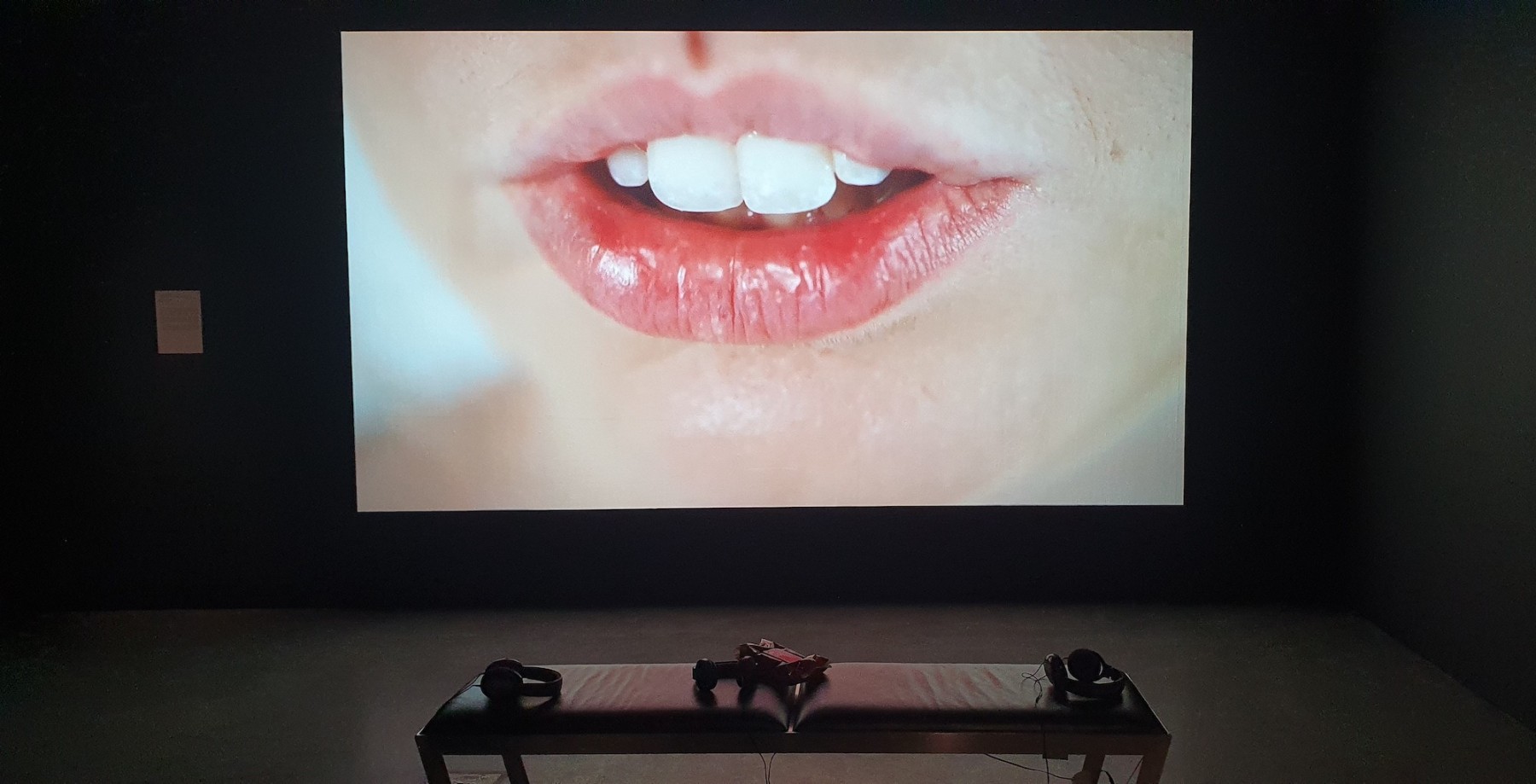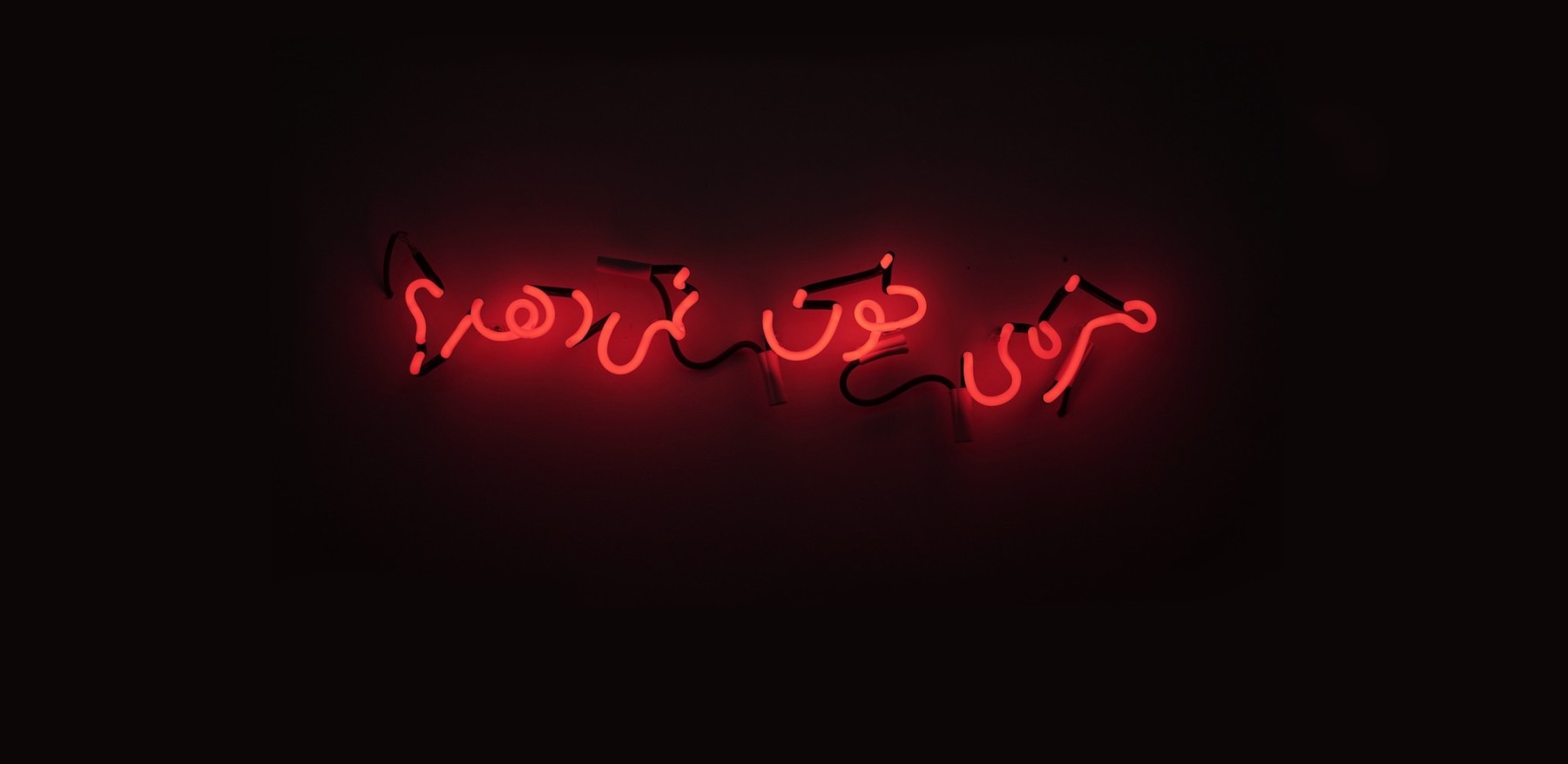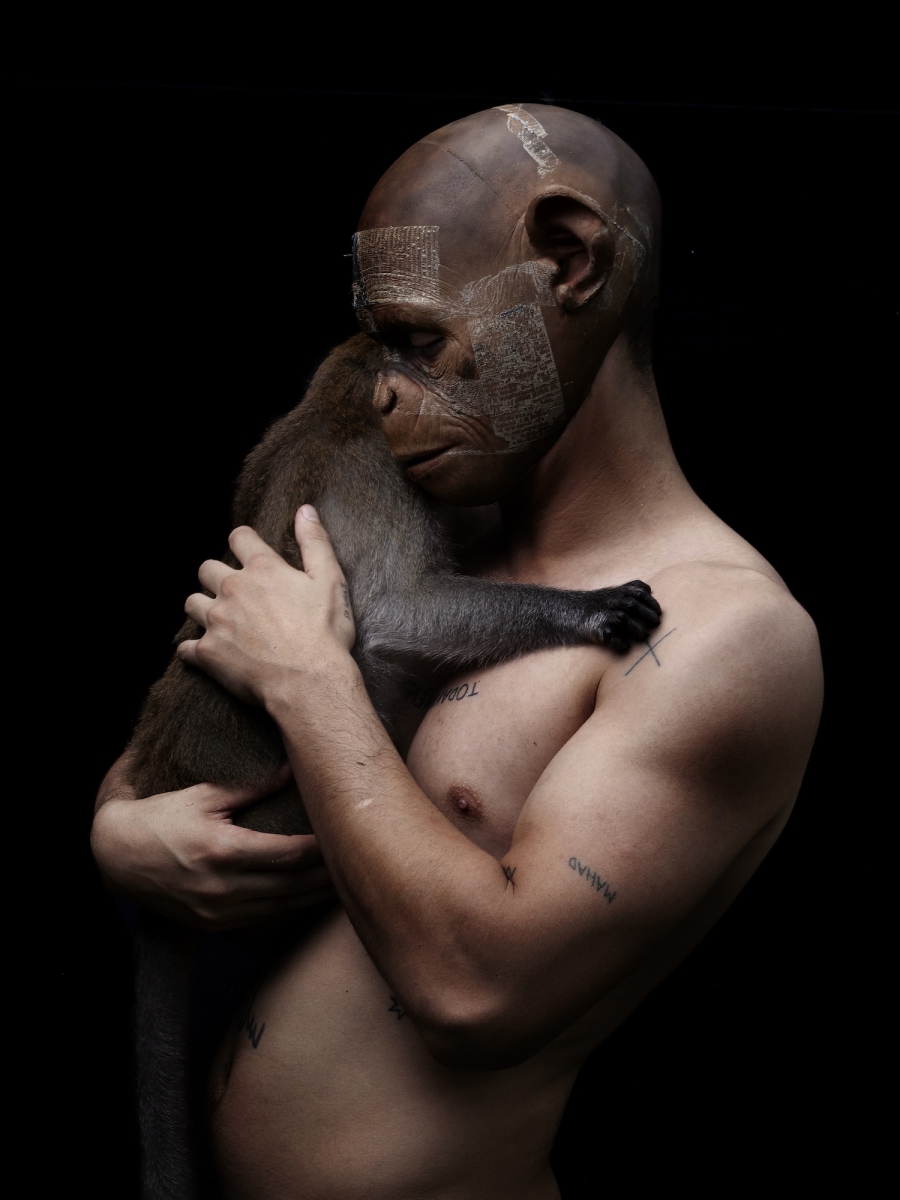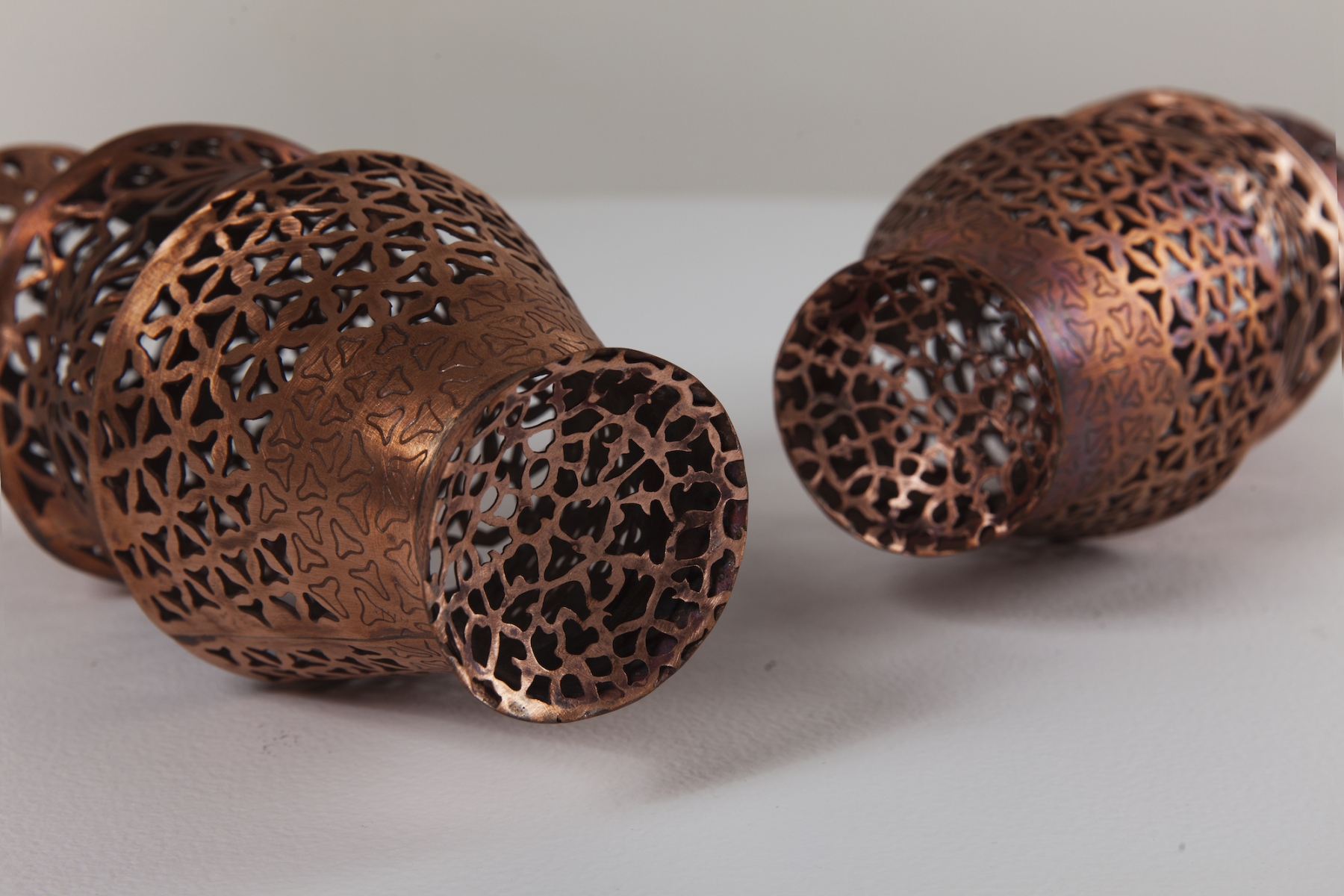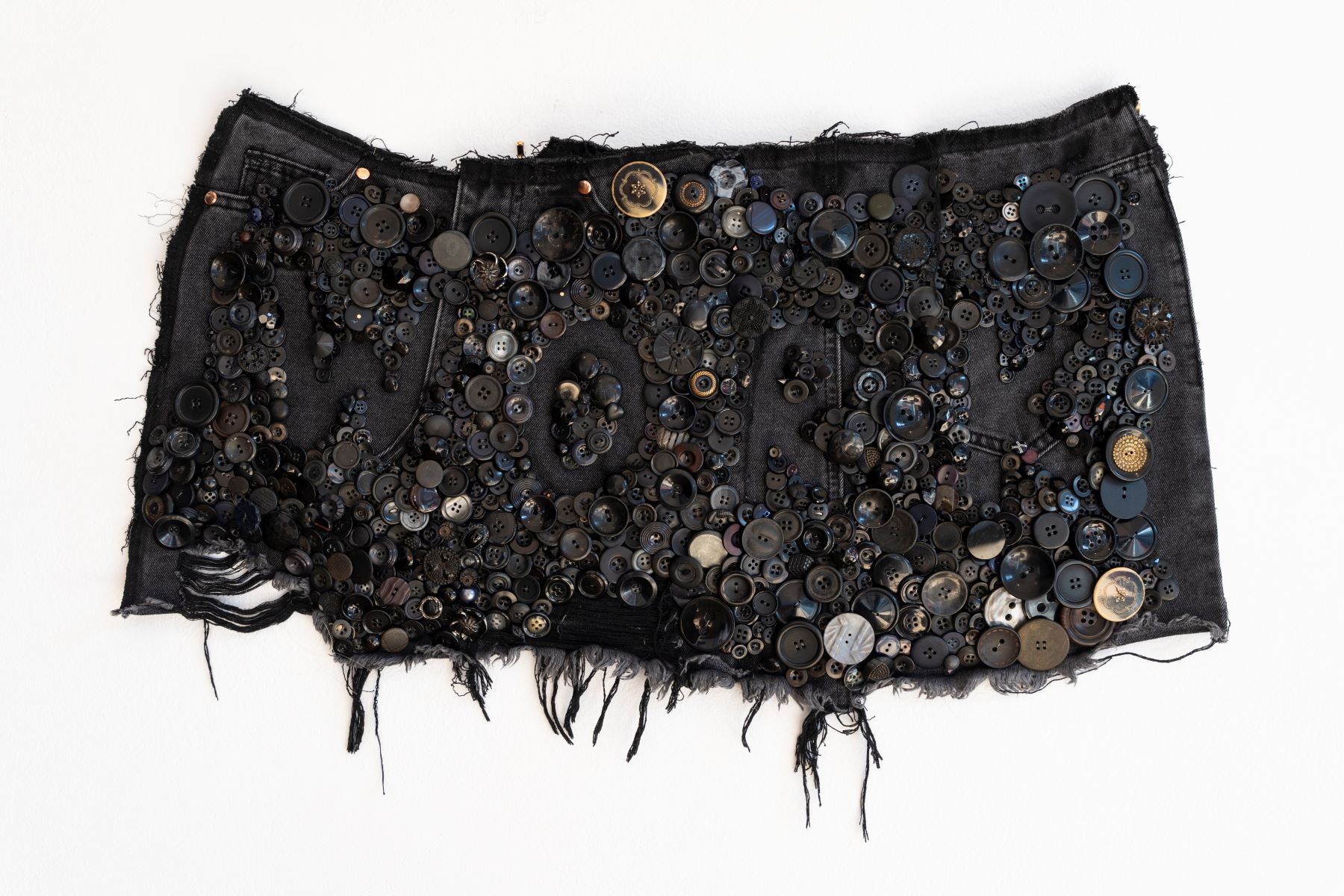January 11, 2023
It’s a pleasure to see the exhibition Destiny Disrupted so soon in the new year, day four for me. It comes at a time when the airwaves seem full of goodwill and the words from our de facto national anthem—thanks mostly to ABC TV—find a particular niche: “We are one, but we are many . . .” We are also complex and contradictory: hypocritical and guileless, racist and inclusive, and much more besides; qualities that are often embraced by our writers, poets and visual artists who explore both inconvenient truths and what is best in us.
The 11 artists in Destiny Disrupted explore social, political and ethnic issues through personal stories. While all are well-established (and we’ve seen some of their works before), there’s something of a freshness, a neatness perhaps, in both the exhibition’s concept and the artwork. It’s a complementary combination of videos, sculpture, installations, painting, poetry and photographs, no doubt aided by the exhibition’s modest size and its presentation in the purpose-built space that is the Griffith University Art Museum on Grey Street, Southbank.
Why ‘Destiny Disrupted’ I wondered. The exhibition’s curator, Melbourne-based writer and arts producer Nur Shkembi, says she drew the title from Destiny Disrupted: A History of the World Through Islamic Eyes (2010), written by Afghan American historian Tamim Ansary. Shkembi says the way artists think is central: “The role of the artist as witness, maker, agitator . . . and social agent readily occupies the space found at the intersection of art and humanity.”
The exhibition features Abdul Abdullah,Abdul-Rahman Abdullah,Hoda Afshar,Safdar Ahmed,Elyas Alavi,Phillip George,Khaled Sabsabi,Omar J Sakr,Shireen Taweel,and Hossein and Nassiem Valamanesh. Their histories may be somewhat different but they also have much in common: all live in various Australian cities, all have links to Muslim countries and cultures, and, in Australia, they mostly live between cultures. Six were born in Australia to parents who came from other countries, and five were born overseas, in Tehran (Iran), Daikundi (Afghanistan), Tripoli (Libya), and Liverpool (UK).
One of the first works you see on the far wall as you enter the gallery is a video, What goes around (2021), by highly acclaimed artist Hossein Valamanesh in collaboration with his son, Nassiem. Hossein was born in Tehran but lived in Adelaide for most of his life, sadly dying last year.
Nearby are two other video installations: Agonistes (2020) by Hoda Afshar, also born in Tehran and now living in Melbourne, and Khaled Sabsabi’s 99 (2010), which is linked with 98 small paintings lying on a low plinth below the video. Sabsabi recently had a major showing at Milani Gallery in Brisbane (3 to 22 December 2022).
Award winning poet and writer, Omar J Sakr, born in Western Sydney (and still living there) to Lebanese and Turkish parents, presents Do Not Rush (2017), a poem written on the wall to the left as you enter, which begins: “Do Not Rush to make a judgement . . . A city can be ruined in an hour. A love of decades dashed in a second . . . last year [2016] alone America dropped 26,171 bombs on brown bodies, on our trees and animals and homes.”
Abdul Abdullah and his older brother, Abdul-Rahman Abdullah, both have artworks in Destiny Disrupted. Born inPerth, their mother isMalay, their father Anglo-Australian and the family is Muslim. Abdul Abdullah is a 7th-generation Australian on his father’s side, whose ancestors arrived on the convict shipIndefatigableover 200 years ago. It’s disturbing to hear him say, “You’d be surprised how often I get emails that tell me . . . I should go back to where I came from.”
Safdar Ahmed has a photographic work, Going Deep (2022), in four light boxes. Last year at the prestigious Documenta in Kassel, Germany, in collaboration with musician Kazem Kazemi and the Refugee Art Project, Ahmed presentedBorder Farce-Sovereign Murders-Alien Citizen(2022), a video installation with Kazemi’s footage, documenting his escape from Iran and subsequent trauma at the Manus detention camp, and his evacuation to Brisbane as part of our government’s Medivac bill (2019).
At first glance the slightly odd one out, if by name only, PhillipGeorge operates across zones of cultural difference, exploring connections thatexistbetweenEastandWest.
There’s much more to this show including Devices for Seeing (2020), two lovely pierced copper objects by Shireen Taweel who was born and lives in Sydney with Lebanese parentage, and Doesn’t it taste of blood (2020), a blood-red neon work by Elyas Alavi who was born in Afghanistan and lives in Adelaide.
I am, we are richer for these artists’ endeavours.
Curated by Nur Shkembi for Granville Centre Art Gallery, Sydney.
Ian Were writes on contemporary art, design, and culture and has recently written short stories. Since 1997 he has edited more than 20 art books and publications, including 12 books as a freelance editor.

